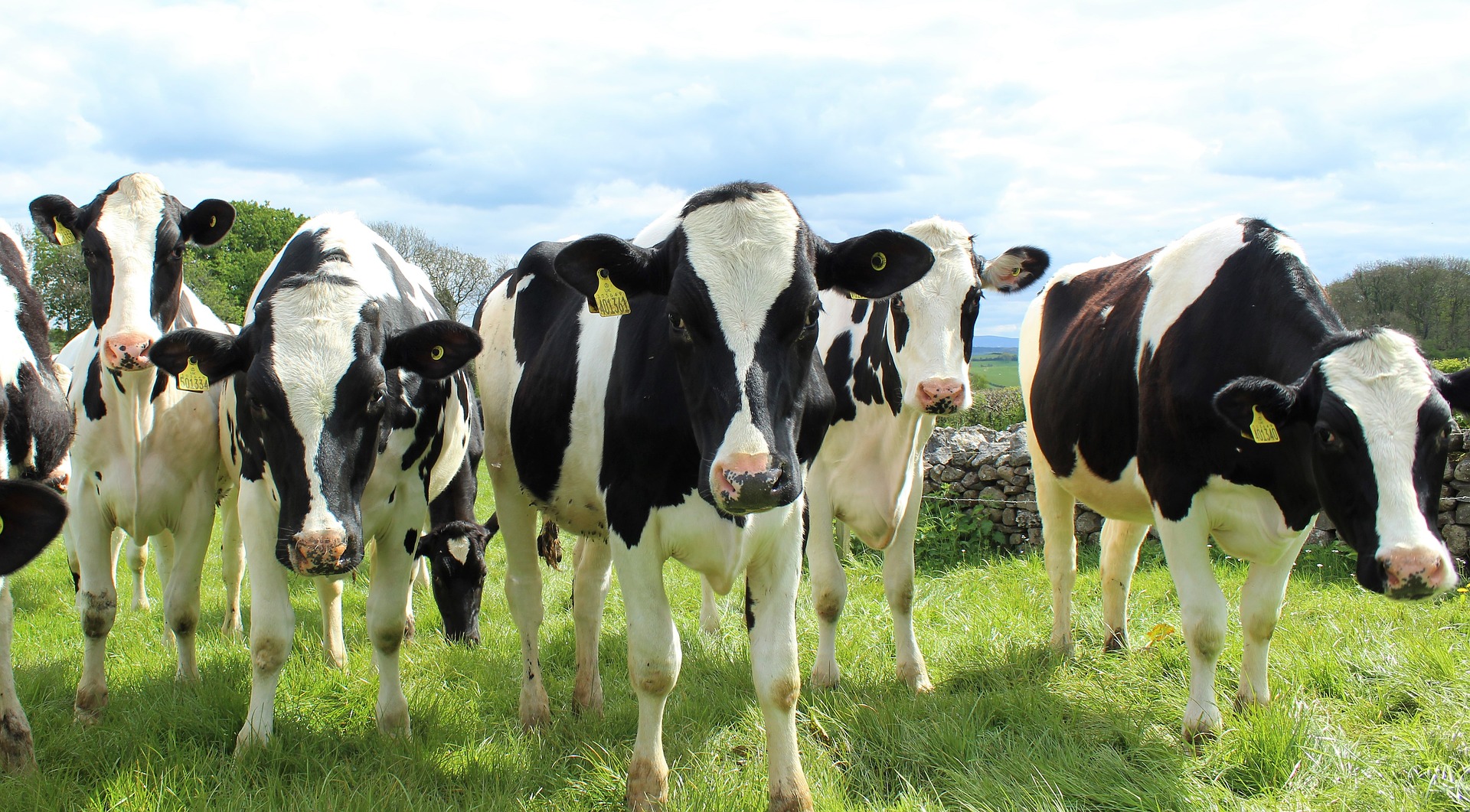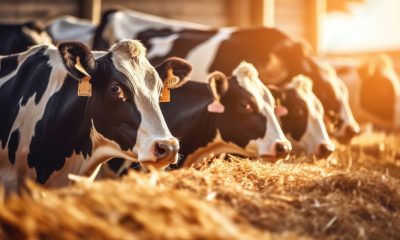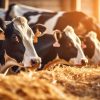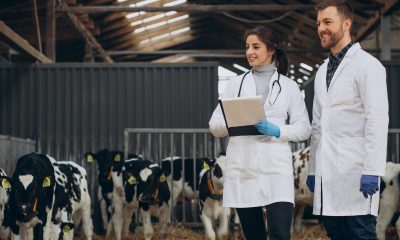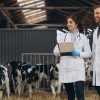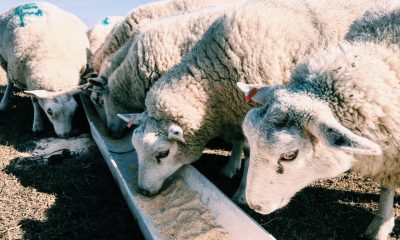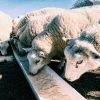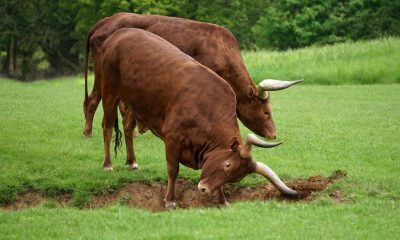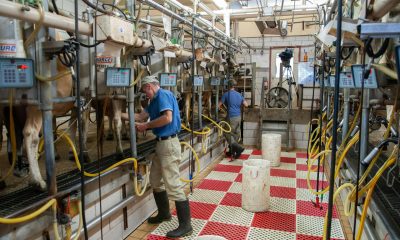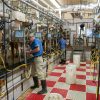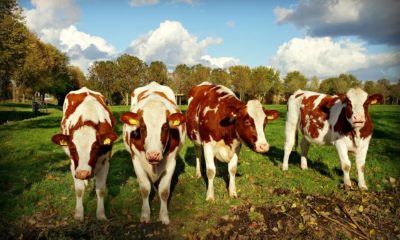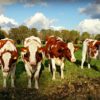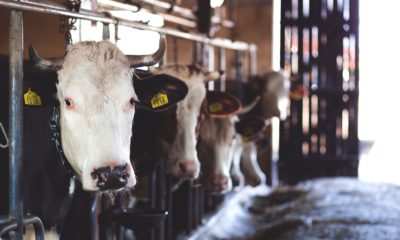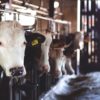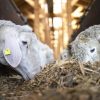Businesses around the world are shifting focus from the age-old methods of production, management and finance to sophisticated systems that make the work environment more efficient, ergonomic and transparent. Of various technologies that are transforming the way businesses move forward nowadays, blockchain technology has drastically taken over, be it a multi-million turnover company or a small farm in the neighbourhood. Ever wondered why your milk carton or box of cheese carries a QR code? This is where the world of blockchain technology comes in.
What exactly is blockchain?
As the term suggests, it is a chain of blocks that are interconnected. It can be thought of a ledger that is online, where you break down the information about the product from it’s inception to delivery, into blocks in an ordered manner. Data can be added to this system, which is related to each other and cannot be modified, edited or tampered with. New blocks can be added if required, as long as it is approved by authorised personnel and the same goes with the data inserted. Each block has specific staff who are only allowed to enter in information, but they can be made visible to all.
Why is it relevant?
The advantages are many in this regard. The whole layout gives an overall idea about the performance of the institution. The data is available to multiple users which ensures transparency and can be validated as required. All the information entered is marked by timestamps which can vouch for its authenticity and protect grave errors or tampering again. The authorisation consists of multiple steps making the system less prone to attack by hackers or malicious attacks.
How does it work?
To put it in laymen terms, you can imagine it as a flowchart on how the product is made. Let us say the dairy industry, to start with milk produced from a farm can become the first entity. Tags are given to each parameter that is measured and displayed. There, the tags include the name of the farm, the location, the feed consumed by the cattle etc. Organic varieties can put in information on antibiotic status; environmental regulations followed carbon footprints and all the information relevant at the source. The next level is the quality testing and assurance. PH levels, turbidity, colour, quality parameters can all be laid down in this block. The next block can be how the lot is transported. Finally, the carton of product on the store shelf carries a QR code on the scanning of which the whole information is imparted to the consumer. The blocks can be allotted according to priority or as required by the industry. It can be optimised so that relevant information along with adequate ones are displayed than trivial matters.
Profit factor
The system is decentralised meaning that the data is divided between different sections including the consumer and staff and can be checked back anytime and raise questions thereby. Savings on labour required to manually integrate all the data and analyse the efficiency of the system is also an added advantage. In case of a quality issue, it is easier to spot the area of trouble and rectify immediately. Higher security of data makes the functioning robust and dismisses the possibility of foul play. With real-time data, the producers can monitor their item, how well it performs and how the consumer is reacting to the modifications made. This helps save time and finance on gathering data on the product popularity and tweaking its value and production size. The consumer can assess the costs and profits that went to the farmer, the transportation and other subsidiaries. Given this, the farmer can choose what he wishes to reveal or not reveal on his information patch.
Consumer benefits
Consumers are becoming increasingly aware of what they consume and its components and believe in the concept of food traceability which is ensured by blockchain technology. When catering to an informed society, clarity and transparency can add value and impart the image of trust to the company. Labels and brand tags have become obsolete. A consumer able to track the real-time processes and the journey of the product is more likely to trust the brand rather than one that displays vague data at the back of bottles. Especially when it comes to perishable and more importantly dairy and meat products, the source of the product, the cattle feed that is used, the size of the farm, the organic tag, and other factors that may seem trivial become factors that the informed consumer looks into nowadays.
How to get rigged on it?
This industry has been booming, and some prominent companies are offering blockchain solutions fitted to each specific industry. On the consumer end, you can look out for QR codes at the back of cartons scanning which the information should be available to you.
Blockchain technology is slowly but steadily taking the harness in business around the world. Niche markets have increasingly adopted this technology to cater to their audience who believe in participation in the making of their consumables and knowing exactly how their product was made.
